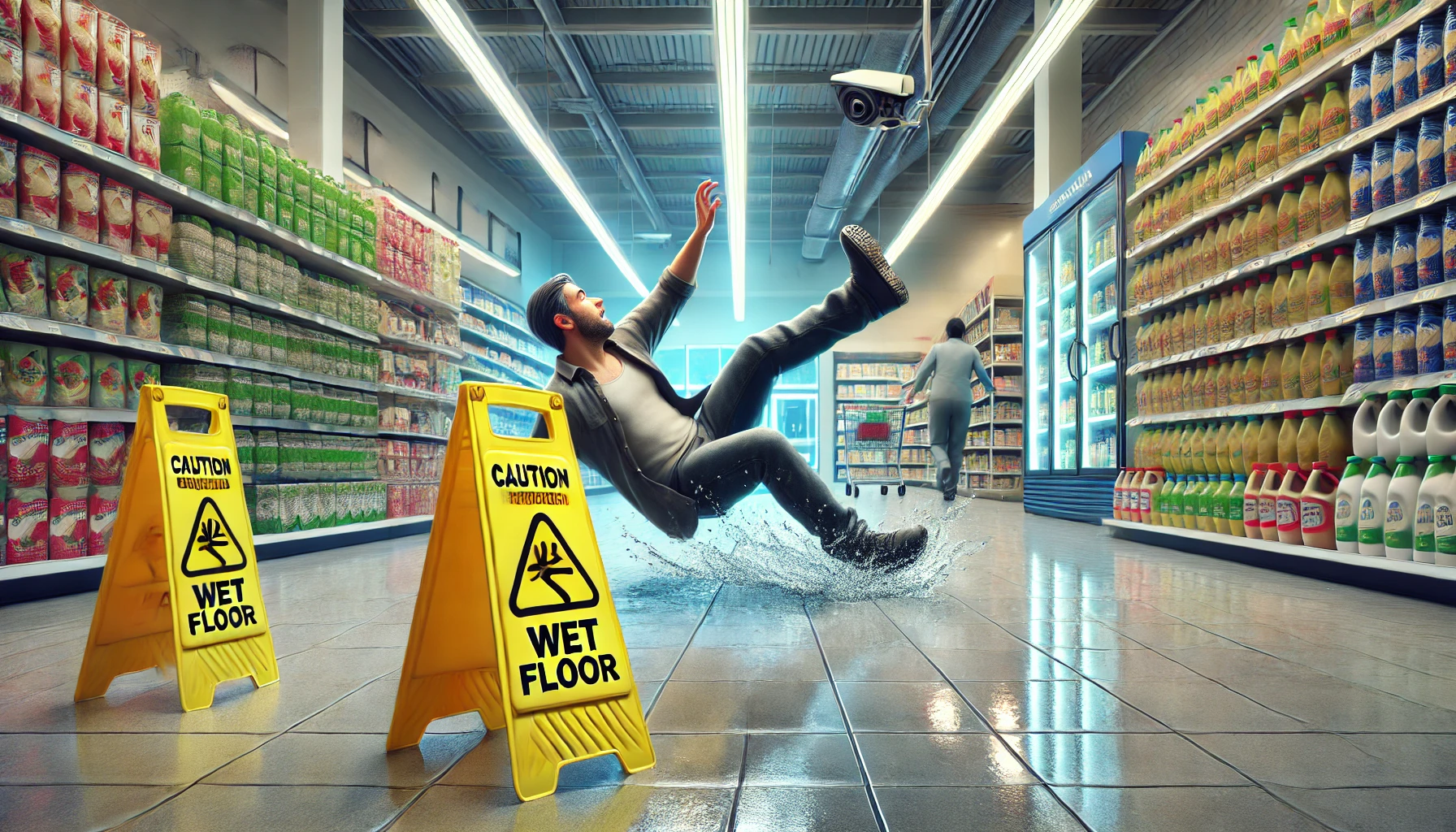How To Successfully Prosecute A Premises Liability Claim

While accidents can happen anywhere, many of the accidents that commonly occur outside of the home are due to poor planning or management on the part of a property owner or manager. These incidents fall under a legal concept called premises liability, which holds property owners and managers responsible for failing to maintain safe conditions.
Premises liability covers everything from ensuring the property is well maintained to labeling possible hazards and even providing adequate security. If someone on-premises is injured based upon a lapse in maintenance or care, that can open up the property owner to a premises liability claim.
Successfully pursuing a premises liability claim is a complex and potentially lengthy process that requires quick action due to the two-year statute of limitations on civil cases. These claims involve understanding what falls under the umbrella of premises liability, gathering evidence of dangerous conditions, documenting your damages, negotiating with insurance companies, and filing suit if negotiations break down.
Common Premises Liability Claims
Slip And Fall Accidents
Slip-and-fall accidents are one of the most common causes of premises liability claims and are still one of the leading causes of major injuries outside of the home. They are usually caused by liquid spillage, broken or poorly maintained flooring, or debris from on-site activities.
Example: A pedestrian walking onto the premises from the parking lot fails to notice debris from a broken wheel stop. The pedestrian stumbles over the debris, leading to a fall that results in injury.
Lack Of Hazard Indicators
If a property owner or manager is made aware of a potential hazard, they are responsible for providing a warning if the issue cannot be immediately remedied. If they fail to do so and someone is injured by the hazard, the owner can be made liable for any damages that result.
Example: A grocery store refrigeration unit begins leaking into the aisle. The store’s employees notice the leak but fail to leave a sign indicating the hazard. A customer walks down the aisle and slips on the liquid, leading to a fall that results in injury.
Security Concerns
The State of California requires businesses to maintain a standardized security system in order to keep both employees and customers safe from criminal activities. If someone is injured by criminal activity on-premises and the security system is found to be substandard, the owner is liable for the damages that occur during the incident.
Example: An opportunistic criminal notices a lack of security at a retail establishment and decides to burglarize it. During the burglary, a customer or employee is injured.
Steps In Pursuing A Premises Liability Claim
Identifying And Documenting a Defect
The first step in any premises liability claim is identifying the defect on the premises that caused the accident or injury. This evidence provides a basis for your negotiations with the insurer or, if necessary, a case heard in a court of law.
Hazards and defects can take many forms and the evidence necessary to successfully prosecute a claim depends on the cause. Let’s take the previous examples and identify the hazard or defect:
- Slip and fall: The broken or misplaced wheel stop should have been identified by the property owner and removed or replaced to provide a safe area for foot traffic.
- Hazard warning: The manager should have been informed of the leak, and a sign should have been placed warning people of the hazard.
- Security issue: The lack of security system, including guards or cameras, may have contributed to the criminal targeting the establishment and engaging in violent action.
Evidence of the hazard or defect is needed to prove liability during the later stages of the claim. It’s recommended that the victim or third party take pictures and videos of the hazard and/or gather witness testimony if possible.

Proving Notice of the Defect
To reach a successful result of your premises liability claim, you must show that the property owner or manager should have been aware of the hazard before the accident and either failed to fix it or provide proper warning. If the owner didn’t know about the issue and had no reasonable way to discover it, they generally can’t be held liable for any resulting injuries.
This need for evidence of prior notice means that premises liability claims often rely on a concept known as constructive notice. Constructive notice is based on the idea that the defect or hazard existed long enough that the owner should have discovered it through regular inspections or maintenance.
Proving prior notice of the defect is often the most challenging aspect of a premises liability case. Highly trained professionals at a personal injury law firm can help establish proof that the property manager had ample time to rectify the issue or provide a proper warning.
Documentation of Losses
A premises liability claim primarily aims to recover damages for economic (medical bills and loss of income) and non-economic (pain and suffering) damages as a direct result of the dangerous condition or event. Proof of the monetary losses of the victim needs to be presented to the insurer and, if necessary, the court for a proper determination of damages to be awarded.
This means that a successful premises liability claim will require full documentation of the injuries caused by the incident, the medical bills associated with the injury, follow-up care, and lost wages from the recovery period. A professional attorney should calculate indirect damages, including the pain and suffering incurred by the accident and punitive damages for gross negligence.
Negotiating With Insurers
If an accident or incident resulting in injury or death occurs on-premises, the owner’s insurance provider will process and investigate your claim. Insurance companies have their own on-staff team of investigators, adjusters, and negotiators that will work to diminish the damages that they are liable for or deny the claim outright.
Negotiating with insurers’ seasoned professionals can be overwhelming, especially for those still recovering from the incident. It is highly recommended that you employ the services of a legal advocate to represent your interests properly during this process.
Bringing The Claim To Court
If negotiations are unsuccessful at properly addressing the full extent of the claim, it will be necessary to litigate the dispute. This involves bringing your case in front of a judge, presenting evidence and calling upon witnesses to attest to the details of the claim.
It is highly recommended that any claimant considering taking their case to court hire an attorney. Legal representation significantly increases your chances of reaching a positive verdict and securing the highest possible compensation.
Consult a Personal Injury Attorney
Personal injury attorneys give victims the highest possible chance of success for their claims. They will help victims collect evidence and documentation, negotiate on their behalf, and create more effective legal cases if the claim needs to go to trial.
For San Diego residents who have been injured due to a property owner’s or manager’s negligence, Villasenor Law Offices provides an experienced litigator and negotiator in their client’s favor. Principal attorney Christopher Villasenor got his start in the insurance industry, meaning he knows the ins and outs of how insurers operate. By working with Villasenor Law Firm, clients get the inside information they need to conclude their claim successfully.
Accidents are inevitable, but the consequences of those accidents don’t need to define the rest of your life. If you, or someone you know, are in an accident due to the negligence of a property owner or manager, contact Villasenor Law Offices today!
